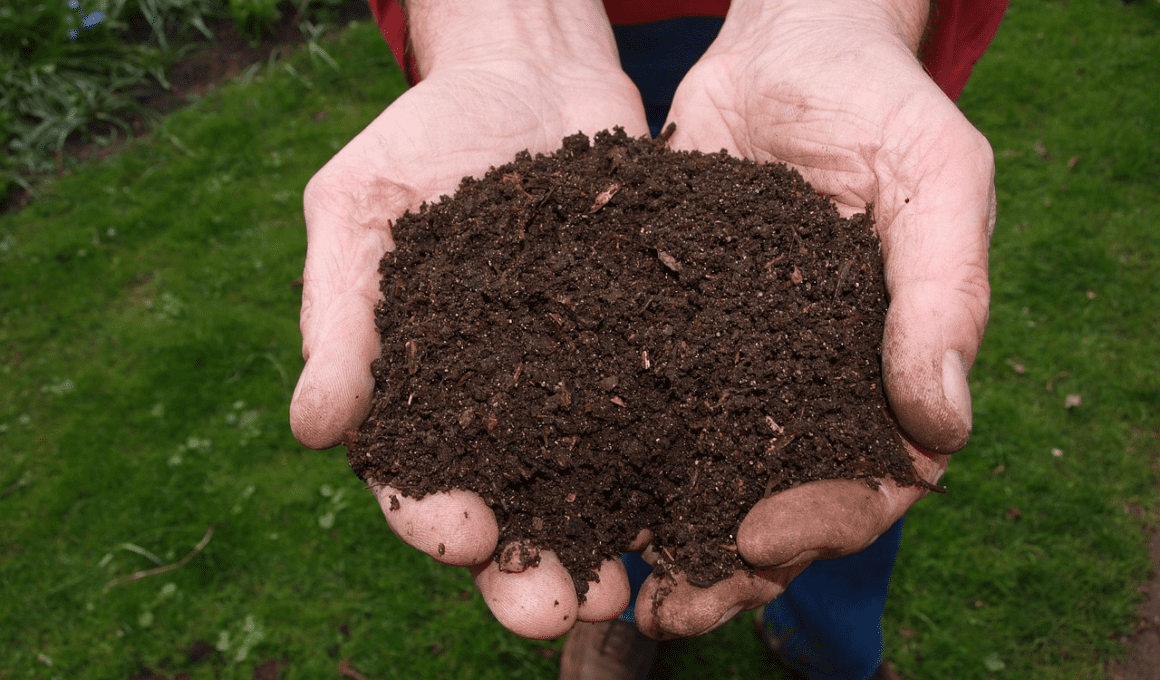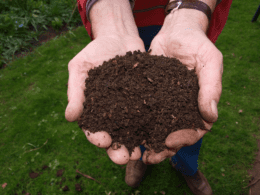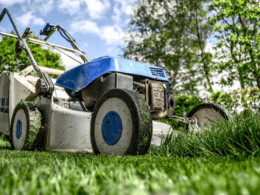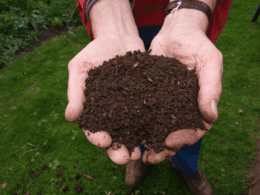Are you looking to reduce waste and give back to the environment this winter? Winter composting may seem intimidating, but it is a sustainable and rewarding practice that can provide vital nutrients for your garden in the spring.
Don’t let the cold weather discourage you from composting – it’s still possible to do it successfully. In this article, we will provide you with tips and advice for winter composting. We’ll cover the basics of composting, recommended materials for the colder months, and best practices for insulating your compost pile.
You’ll also learn about the benefits of winter composting, including how it can reduce greenhouse gas emissions and enhance soil health. So, bundle up and get ready to compost your way to a greener winter!
Quick Takeaways
- Composting can be done throughout the winter season and helps reduce household waste and provide vital nutrients to gardens.
- A good balance of carbon-rich brown ingredients is needed for composting during the winter, and insulating compost piles can help maintain activity.
- Turning compost piles can help deter animals from using them for shelter, and checking moisture levels is important for compost tumblers.
- Composting in cold weather reduces the amount of garbage sent to the landfill and creates black soil that infuses the garden with nutrients in the spring.
Composting Basics
You might already know that winter composting can help reduce household waste and provide vital nutrients to gardens. But did you know that compost relies on heat to decompose properly? This means that during the winter, you may encounter some troubleshooting issues. However, with innovative winter composting techniques, you can still compost successfully.
To start, remember that a good balance of carbon-rich brown ingredients is needed for composting during the winter. This can include things like flower deadheads and houseplant trimmings, as well as fruit and vegetable peels, tea bags, coffee grounds, and eggshells.
Additionally, your compost pile should be 3-4 feet tall and wide to retain heat. Insulating the pile with brown material, wood planks, or surrounding it with hay bales can also help maintain activity. Monitoring the temperature of your compost pile and keeping it damp are also key troubleshooting tips.
By following these simple steps, you can enjoy the benefits of winter composting all season long.
Can I Use Winter Compost to Grow Nutrient-Packed Microgreens?
Winter compost can indeed be used to grow nutrient-packed microgreens. The key lies in carefully selecting the compost, ensuring it is rich in organic matter and beneficial microorganisms. This nutrient-packed microgreens selection provides an ideal growing medium, promoting healthy root development and enhancing the nutritional value of your winter-grown microgreens.
Materials for Winter Composting
Include food waste, yard waste, flower deadheads, and houseplant trimmings in your winter compost pile to provide a good balance of green and brown materials. Brown materials, such as dried leaves, branches, and wood chips, are especially important for winter composting because they provide insulation and help retain heat. These materials have a high carbon content, which balances out the high nitrogen content of green materials like food waste and grass clippings.
To help you understand which materials to add to your winter compost pile, here is a table outlining common green and brown materials:
| Green Materials | Brown Materials |
|---|---|
| Food waste (fruit and vegetable peels, tea bags, coffee grounds, eggshells) | Dried leaves |
| Grass clippings | Wood chips |
| Flower deadheads | Sawdust |
| Houseplant trimmings | Branches |
In addition to these materials, you can also use insulating methods to help maintain the heat in your compost pile during the winter. Using brown materials to surround the pile, such as wood planks or hay bales, can provide insulation. Ground and snow can also act as insulators, but be sure to remove heavy snow accumulation from the top of the pile. By including brown materials and using insulating methods, you can create a successful winter compost pile that will break down over time and provide valuable nutrients for your garden in the spring.
Best Practices for Winter Composting
To maintain a healthy and productive winter compost pile, it’s important to monitor the temperature regularly and insulate the pile with brown materials or surrounding it with hay bales. Winter composting challenges can include slimy and stinky compost piles, slower microbial activity, and the possibility of pest infestations. However, with these winter composting troubleshooting tips, you can overcome these challenges and create nutrient-rich compost for your garden.
Here are four best practices for winter composting:
1) Keep the compost damp to promote microbial activity, which will help it stay warm.
2) Turn the compost pile regularly to incorporate air, which will help the temperature rise when the pile settles again.
3) Use a thermometer to determine when to turn the compost.
4) If the pile freezes, don’t try to turn it. Instead, wait for it to thaw naturally before turning it again.
By following these tips, you can create a successful winter compost pile that will benefit your garden in the spring.
Benefits of Winter Composting
Creating nutrient-rich compost during the winter season can benefit your garden in the spring by infusing the soil with vital nutrients.
Winter composting can help reduce household waste and minimize the amount of garbage sent to the landfill. By composting, you can make a positive environmental impact and reduce your carbon footprint.
Winter composting may have its disadvantages, such as compost piles going dormant and the possibility of slimy, stinky messes. However, the benefits of nutrient-rich soil and a sustainable practice outweigh the challenges.
By composting during the winter season, you can create a healthier garden and help the environment.
Frequently Asked Questions
Can you compost meat or dairy products in the winter?
Avoid composting meat and dairy in winter, especially in small spaces. They attract pests and release unpleasant odors. Stick to composting fruit and vegetable peels, tea bags, coffee grounds, and eggshells.
How often should you turn your compost in the winter?
To maximize the Benefits of winter composting and troubleshoot any issues, turn your compost pile every 3-4 weeks in the winter. This helps incorporate air and raise the temperature. Use a thermometer to check when to turn.
What is the best way to store compostable materials in the winter?
To store compostable materials in freezing temperatures, keep them in a sealed container or bag in a cool, dry place. When ready to compost, add them to a well-insulated pile with a good mix of brown and green materials.
Can you use snow as a source of moisture for winter composting?
Using snow for compost moisture can present challenges during winter composting. While snow can act as an insulator, too much can cause the compost pile to become too wet and decrease microbial activity. Be mindful of snow accumulation and adjust moisture levels accordingly.
How long does it typically take for winter compost to be ready for use in a garden?
Winter composting can take longer to be ready for use in a garden, typically 3-6 months. However, the benefits of using winter compost in spring planting include enriched soil and reduced waste sent to landfills.









